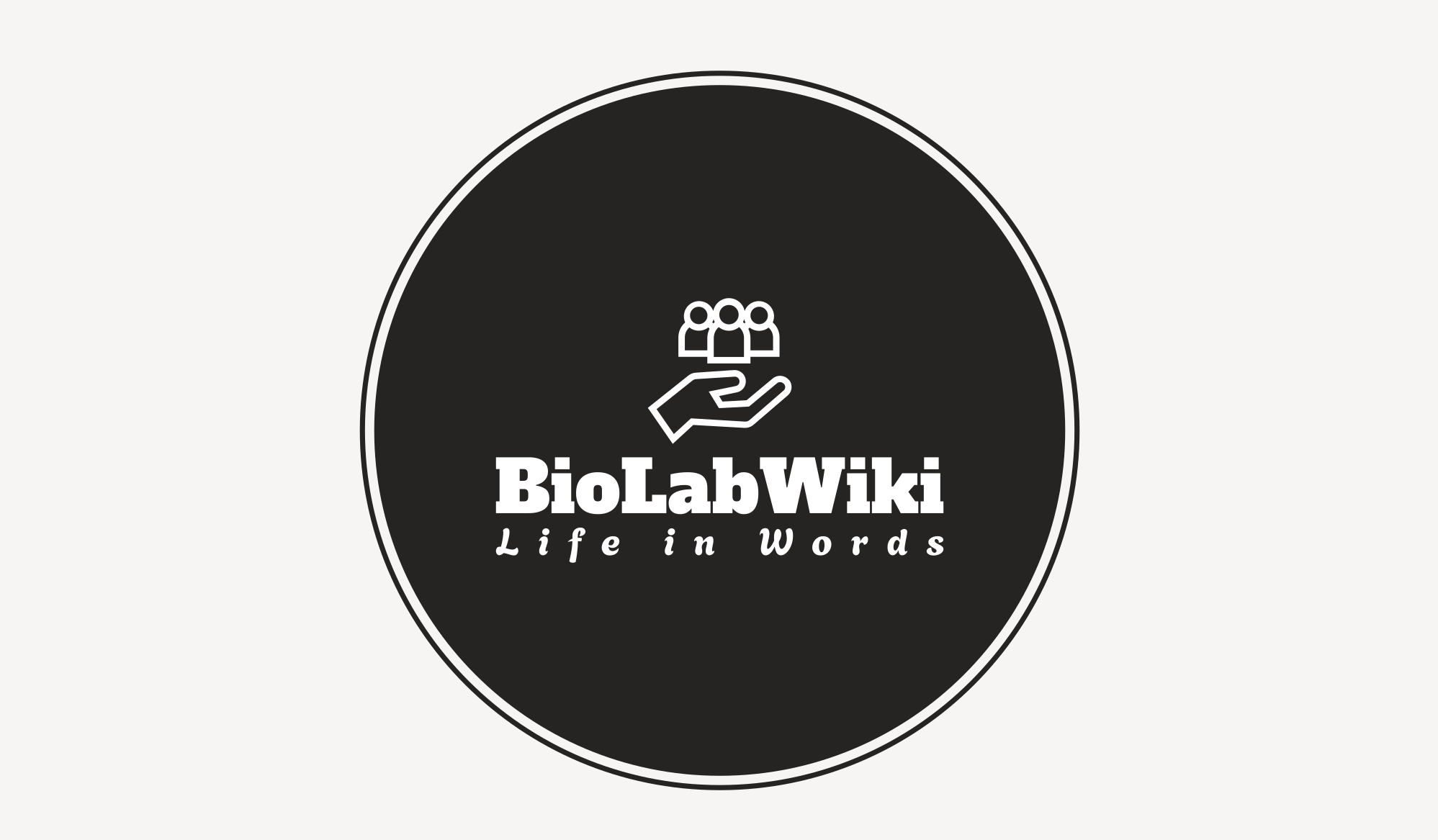Myotherapy is a specialised form of therapy that focuses on the treatment of muscular pain and dysfunction. It involves techniques designed to alleviate pain, improve muscle function, and promote overall well-being. Understanding what myotherapy is and how it can help you is essential for anyone considering this treatment.
Understanding Myotherapy
Myotherapy is a therapeutic practice that targets muscular pain and dysfunction. The term “myotherapy” combines “myo,” which means muscle, and “therapy,” indicating treatment. This therapy uses various techniques to treat muscle-related issues, including pain, tightness, and restricted movement.
The origins of myotherapy can be traced back to ancient practices of manual therapy. Modern myotherapy has evolved from these traditional methods, incorporating contemporary techniques and research to enhance its effectiveness. Over time, it has developed into a specialised field focused on treating and managing muscular conditions.
Key Principles of Myotherapy
Myotherapy relies on several key principles to achieve its goals. The primary technique used is manual therapy, which involves hands-on methods to manipulate and massage the muscles and soft tissues. The aim is to relieve pain, reduce muscle tension, and restore normal function.
Unlike general massage therapy, myotherapy specifically targets trigger points—areas of muscle tightness that can cause pain and discomfort. By addressing these trigger points, myotherapy can provide targeted relief for a range of muscular problems.
How Myotherapy Works
Myotherapy involves a variety of techniques to address muscular issues. Some common methods include:
Trigger Point Therapy
This technique focuses on relieving specific points of tension in the muscles. By applying pressure to these points, myotherapists can help release tightness and alleviate pain.
Soft Tissue Manipulation
This includes various forms of massage and stretching aimed at improving muscle function and reducing pain.
Myofascial Release
This technique targets the fascia, the connective tissue surrounding muscles, to relieve tightness and improve flexibility.
Tools and equipment used in myotherapy may include foam rollers, massage balls, and other aids to assist in the treatment process.
Physiological Impact
Myotherapy works by directly affecting the muscles and tissues in the body. When muscles become tight or injured, they can create pain and restrict movement. Myotherapy techniques help to relax these muscles, improve blood flow, and promote healing.
The nervous system also plays a crucial role in myotherapy. By targeting specific areas of muscle tension, myotherapy can help reset the body’s pain signals and reduce discomfort. This process helps to restore normal muscle function and improve overall well-being.
Benefits of Myotherapy
Relief from Pain and Discomfort
One of the main benefits of myotherapy is its ability to relieve pain and discomfort caused by muscular issues. Common conditions treated with myotherapy include back pain, neck pain, and headaches.
For instance, myotherapy can help alleviate lower back pain by addressing muscle tightness and improving posture. This therapy provides targeted treatment that can lead to long-term improvements in pain management.
Improvement in Mobility and Function
Myotherapy can enhance mobility and muscle function by addressing issues that restrict movement. For example, individuals with stiff or tight muscles may find it difficult to perform daily activities. Myotherapy helps to improve flexibility and restore a full range of motion.
People who experience restrictions in movement due to muscle imbalances or injuries can benefit greatly from myotherapy. By addressing these issues, individuals can regain their ability to move comfortably and perform activities with ease.
Support for Sports and Physical Activities
Athletes and active individuals can also benefit from myotherapy. This therapy helps with injury prevention by addressing muscle imbalances and tightness before they lead to injuries. It also plays a crucial role in the recovery process after physical activity or injury.
Myotherapy can aid in reducing muscle soreness, improving circulation, and speeding up recovery times. As a result, athletes may experience enhanced performance and reduced risk of injury.
Who Can Benefit from Myotherapy?
General Population
Myotherapy is beneficial for anyone experiencing muscular pain or discomfort. Individuals who lead a sedentary lifestyle or those who spend long hours sitting at a desk may develop muscle tightness and pain. Myotherapy provides relief by targeting these issues and improving overall muscle function.
Specific Groups
Certain groups can benefit more significantly from myotherapy:
- Athletes and Active Individuals
- People with Chronic Conditions
- The Elderly and Those with Mobility Issues
What to Expect During a Myotherapy Session
Initial Assessment
During your first myotherapy session, the therapist will conduct an initial assessment to understand your specific needs. This may involve discussing your medical history, current symptoms, and any previous treatments. The therapist will also perform a physical examination to identify areas of tension or pain.
The Treatment Process
A typical myotherapy session involves a combination of techniques tailored to address your individual needs. The therapist may use manual techniques to release muscle tightness, improve blood flow, and enhance muscle function. The session usually lasts between 30 to 60 minutes, depending on the complexity of your condition.
Post-Treatment Care
After a myotherapy session, it is essential to follow any post-treatment recommendations provided by the therapist. This could include certain exercises, stretches, or changes to your habits that will help you get better. Staying hydrated and resting can also help maximise the benefits of the therapy.
Get Your Much-Needed Myotherapy Today
Myotherapy offers a targeted approach to managing and treating muscular pain and dysfunction. Whether you’re dealing with chronic pain, recovering from an injury, or simply seeking to improve muscle function, myotherapy could be a valuable option to consider. If you think this therapy might be right for you, book myotherapy in Melbourne today and take the first step toward relief and improved health.



